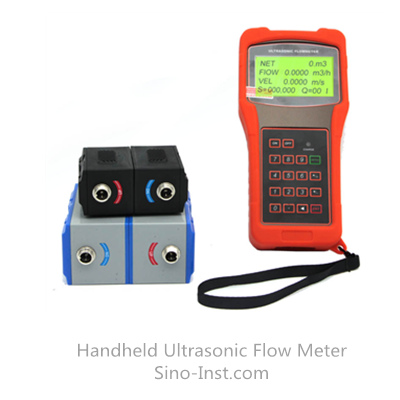
Ultrasonic flow meters use ultrasonic sensors to provide non-intrusive, accurate flow measurement for liquids and gases. But what are the key advantages and disadvantages of this flowmeter technology? And how exactly do ultrasonic flow meters work?
Advantages of Ultrasonic Flow Meters
Some of the main advantages of ultrasonic flow meters include:
Non-Intrusive Operation: Clamp-on models measure flow without cutting into pipes. In-line meters have minimal installation requirements.
Accuracy: Properly sized meters provide highly accurate measurements within ±0.5-2% of reading, with minimal effect from process variables.
Reliability: Ultrasonic sensors have no moving parts, resulting in resistance to fouling and long operational lifetimes of 10-15+ years.
Low Maintenance: Ultrasonic meters require virtually no maintenance once installed, lowering cost of ownership.
Bi-Directional Measurement: Transit-time meters can measure flow moving in either direction through the pipe.
Suitable for Various Media: Ultrasonic flow measurement works reliably with clean liquids, slurries, gases, and liquids with entrained solids or bubbles.
Disadvantages of Ultrasonic Flow Meters
Some potential disadvantages include:
Higher Initial Cost: Ultrasonic meters carry a higher initial price tag compared to some other flowmeter types.
Sensitivity to Pipe Conditions: Pipe wall material, surface roughness, and internal obstructions can impact signal transmission.
Require Straight Pipe Runs: For in-line meters, accuracy depends on maintaining straight, unobstructed pipe runs upstream and downstream.
Accuracy Reduced for Low Flows: Measurement becomes less accurate at very low flow velocities near the minimum flow rate of the meter.
Working Principles of Ultrasonic Flow Meters
All ultrasonic flow meters work on the principle of measuring the time for an ultrasonic pulse to travel between two transducers along and against the flow direction:
In transit-time meters, two pairs of transducers are placed on opposite sides of the pipe. One pair transmits pulses downstream while the other transmits upstream. The difference in these transit times directly relates to flow velocity.
Doppler meters transmit pulses at an angle and measure the frequency shift of echoes returned from entrained gas bubbles or solid particles. This frequency shift corresponds to flow velocity.
Clamp-on meters transmit pulses through the pipe wall. Differences in the transit times of the upstream and downstream signals indicate flow velocity without intruding into the pipe.
Microprocessors inside the flow meter calculate flow rate using these velocity measurements along with the pipe dimensions based on mathematical algorithms such as the Continuity Equation.
So in summary, while ultrasonic flow meters provide many advantages, their initial cost is higher. Pipe conditions and geometry also impact accuracy. But their non-intrusive operation, reliability, and suitability for varied applications make them a popular flow measurement solution.
Check out some featured ultrasonic flow meter models for applications like clean liquids, slurries, wastewater and more.